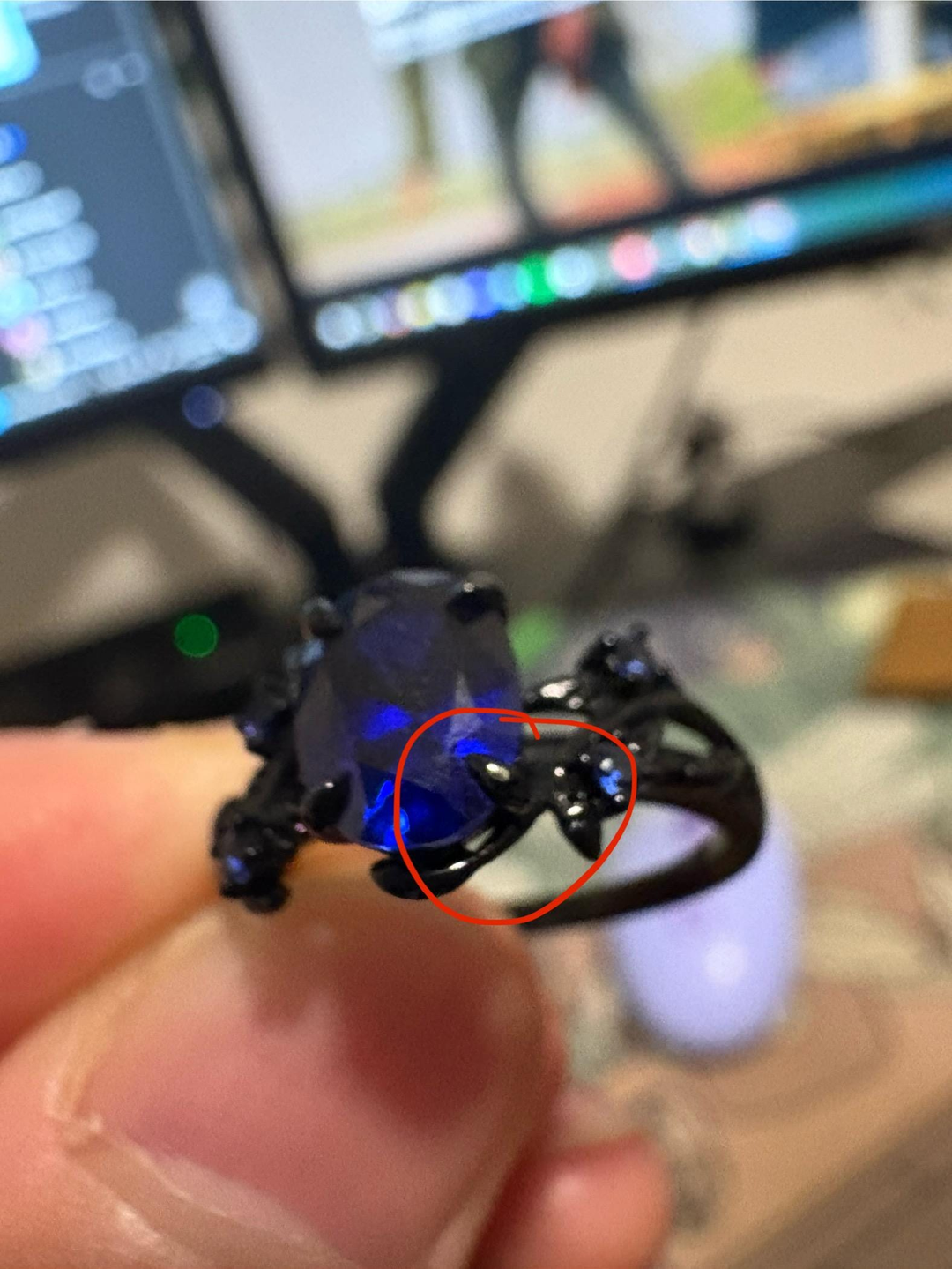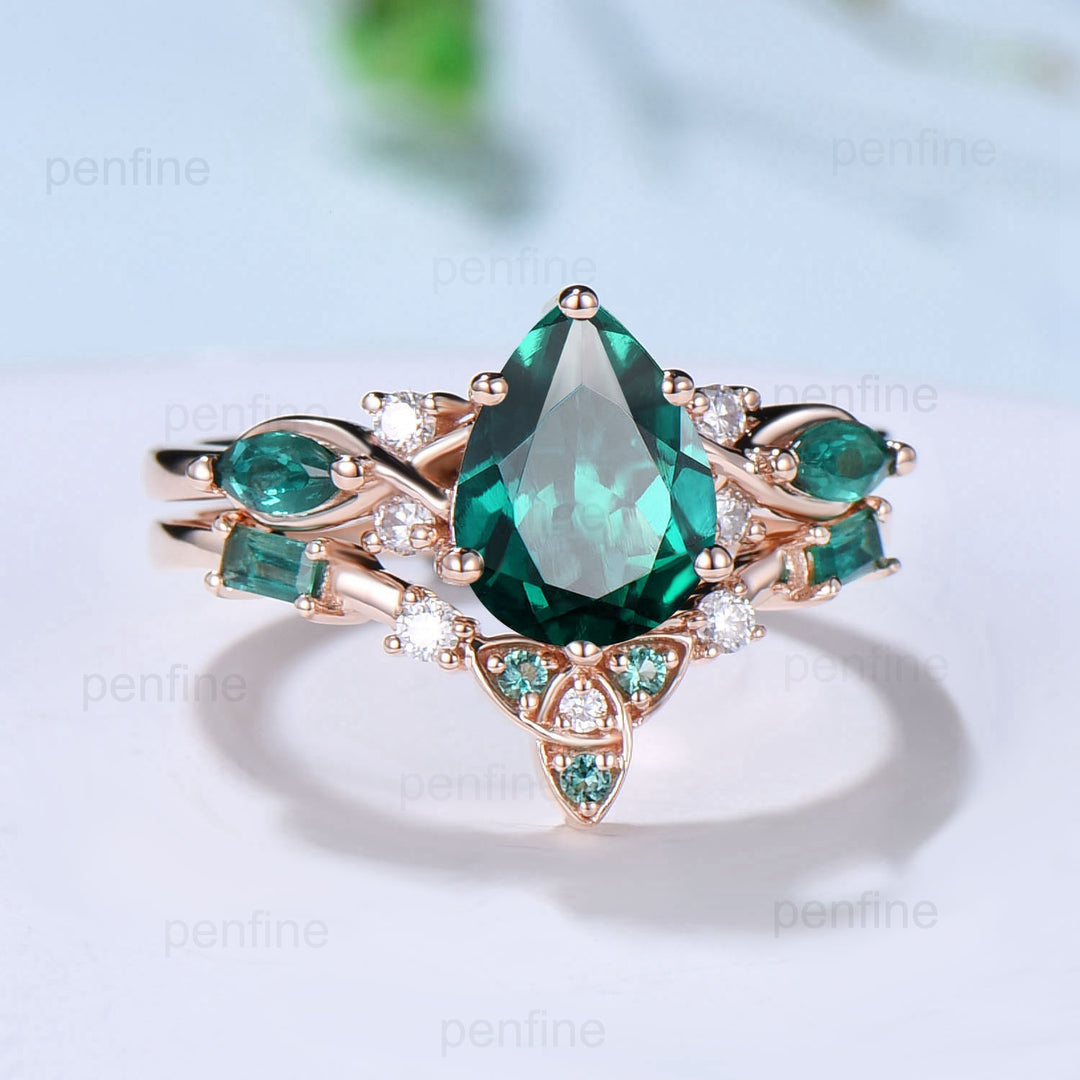A Comprehensive Overview of Emerald Treatments & Enhancements
Ah! The enchanting green world of emeralds. Get ready to be sucked into the world of this beautiful and precious gem this post. While you are rocking your emerald gem like the boss that you are, have you stopped to ponder on what sets emerald apart from the rest? How are they able to achieve their unique captivating color in a world of natural and lab-treated emerald gems, how do you even tell them apart and what’s the secret behind their enhancements and treatments? Join us as we ponder these questions and explore their answers.
Emerald Treatments & Enhancements: The Secrets
For hundreds of years, emeralds have held us spellbound with their lush green tones and irresistible charm. However, not all emeralds are the same. While some emerge from the earth in their natural splendor, others are passed through several enhancements and treatments to achieve their desired beauty. If you're curious about these treatments and their impact on emerald quality and value, let's explore the topic further.
Oil Treatment
Fracture filling in emeralds constitutes a longstanding practice, typically involving the use of dense cedar oil with a commensurate refractive index. Although efficacious, this process lacks permanence and complete stability. With time, heat exposure or incorrect cleansing can cause the oil to evaporate, causing color alterations or leakage from the gem. Despite its transient character, reapplication of oil can safeguard the emerald's beauty and quality. Fully grasping these subtleties is pivotal in helping to maintain the gem's brilliance and structural composition.
Resin Infusion
Natural and synthetic resins are great substitutes for conventional oil-based treatments owing to their slower drying characteristics. Canadian balsam, along with synthetic variants like Opticon, Excel, and Permasafe, are great alternatives that surpass the longevity of oil treatments. However, one drawback comes with this emerald treatment: the difficulty in removing residue, particularly challenging when a hardener (plasticizer) is applied to enhance longevity. Notwithstanding this, the enduring resilience and prolonged lifespan from resin treatments is why such emeralds make a superior choice for heirloom jewelry.
Emerald Enhancement Process
Heat Treatment
Heat treatment stands out as a prevalent technique not only for emeralds but also for numerous other gemstones. By passing the stone through high but controlled temperatures, fractures, and inclusions in the stone can undergo minimization or elimination, culminating in enhanced clarity. Moreover, this procedure holds the capacity to alter the gem's color by modifying its chemical composition. Temperatures for heat treatment commonly range between 300°C and 1000°C, which is dependent on the particular gemstone and sought-after result. However, given emeralds' melting point at 850°C, this treatment happens at reduced temperatures, of around 400°C to 600°C.
Dyeing & Irradiation
Two of the increasingly popular ways to enhance the verdant hue of emeralds are through dyeing and irradiation. With dyeing coloring agents like copper aceto-arsenite pigment is infused into the fissures to diffuse onto the gems' surface, whereas irradiation involves controlled exposure to radiation to modify their color. Dyeing may introduce hazardous external substances, which typically lead to potential color degradation or alterations influenced by light, heat, or chemicals. Conversely, irradiation typically yields more enduring color transformations, though stability varies across stones. Being aware of these treatments before buying is very important, given their significant and lasting effects on an emerald's aesthetic allure.
Surface Coating
Apart from oil and resin, wax emerges as a commonly used surface coating substance for emeralds. This protective veneer serves to augment the gemstone's aesthetic by filling surface blemishes and delivering a lustrous sheen. Additionally, wax coatings contribute to improving the gem's durability and resilience against abrasions. Nonetheless, in contrast to oil and resin treatments, wax coatings typically exhibit lesser permanence and may need to be applied from time to time to sustain their effectiveness. Having said that, it is important to note that wax still remains a favored option for enhancing the visual appeal and endurance of emeralds.
You should know, however, that while these enhancements and treatments can improve an emerald’s beauty, they can also impact its durability and long-term stability. Having said that, working with reputable jewelers who prioritize transparency and ethical sourcing practices is extremely crucial.
How to Tell the Difference Between Treated and Untreated Emerald Gemstones
There are two grades of treated emeralds, the AA grade and the AAA grade. These are the categories that are more readily available in the gemstone market. While treated emeralds are still just as beautiful, their color and clarity have been enhanced. In contrast, it is rare to find untreated emeralds as they make up only about 5% of the available specimens in the market today. These types of untreated emeralds have a AAAA grading or higher as a result of their purity and natural beauty. Because such untreated emeralds are not easy to find, they are pricier.
Emerald Jewelry: Trends & Tips
Having talked about all the emerald treatments and enhancements, now let’s delve into using emerald jewelry. Is emerald rings your thing, or beautiful earrings, or statement necklaces, you can incorporate emeralds in many different ways. Before shopping for emerald jewelry, ensure you know these trends and tips.
Type of Metal
Emerald's stunning green color goes perfectly well with precious metals like yellow gold, white gold, or platinum settings. Whether a vintage or a modern masterpiece is what you want, you can be sure that there is a perfect emerald jewelry for you guaranteed to generate attraction.
Mix & Match
When it comes to matching emeralds with other gemstones to get a more unique and commanding look, you can’t think twice. For example, if you are layering necklaces or want to stack rings, style emeralds using diamonds, rubies, moss agate, or sapphires to improve depth and add a unique twist to your jewelry collection.
Cut & Clarity
Pay attention to important things such as cut and clarity when choosing an emerald. While the inclusions in emerald make them highly cherished, going for a finely-cut stone with good clarity, can greatly improve on their beauty and shine.
Conclusion
And that concludes this guide. With the information we have provided here, you can be sure to get the best enhanced and treated emeralds that will command attention like a celebrity. So when next you are in the market searching for an exquisite emerald piece like emerald rings, earrings, and necklaces, you know just what to keep your eye one.




